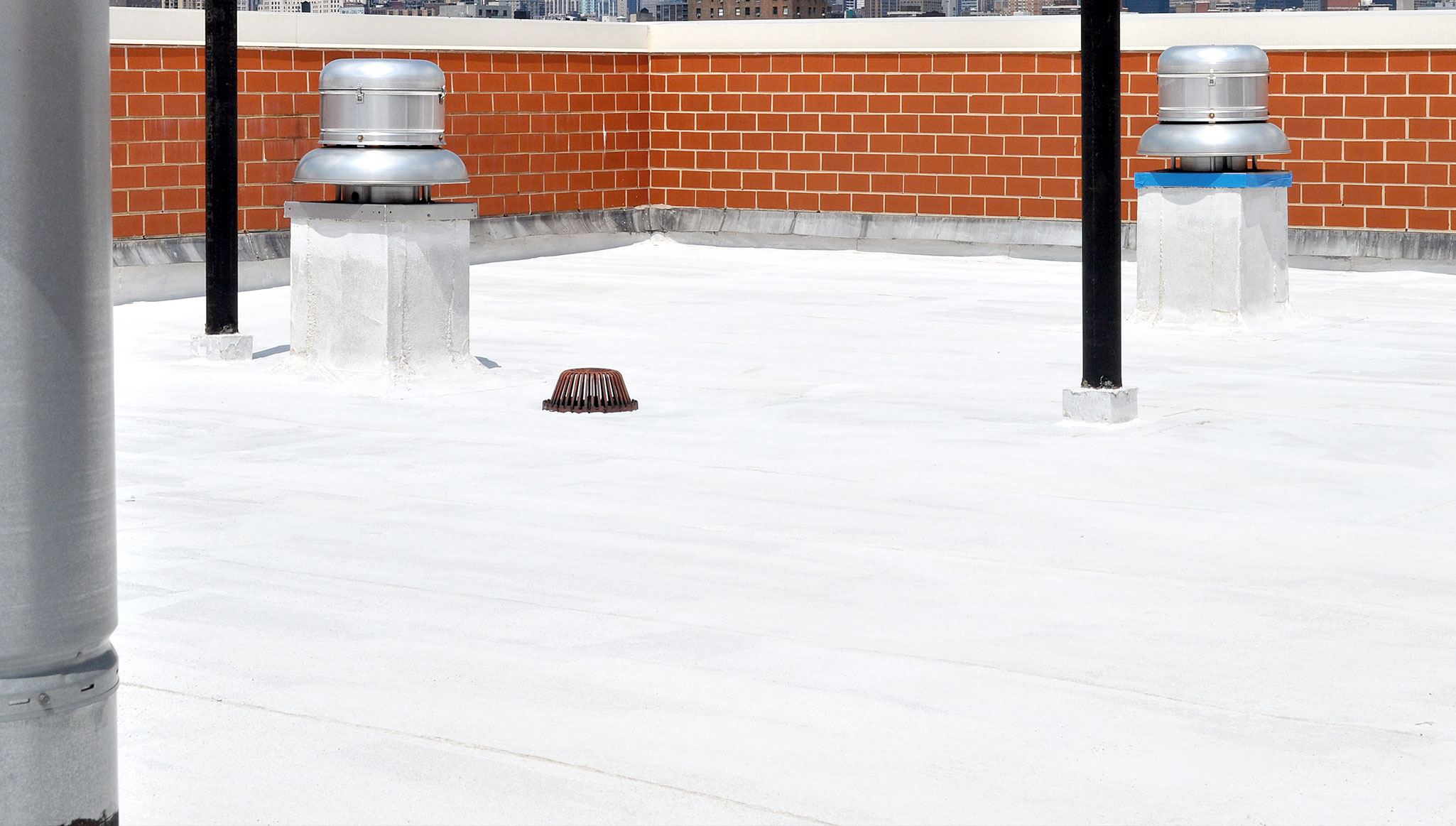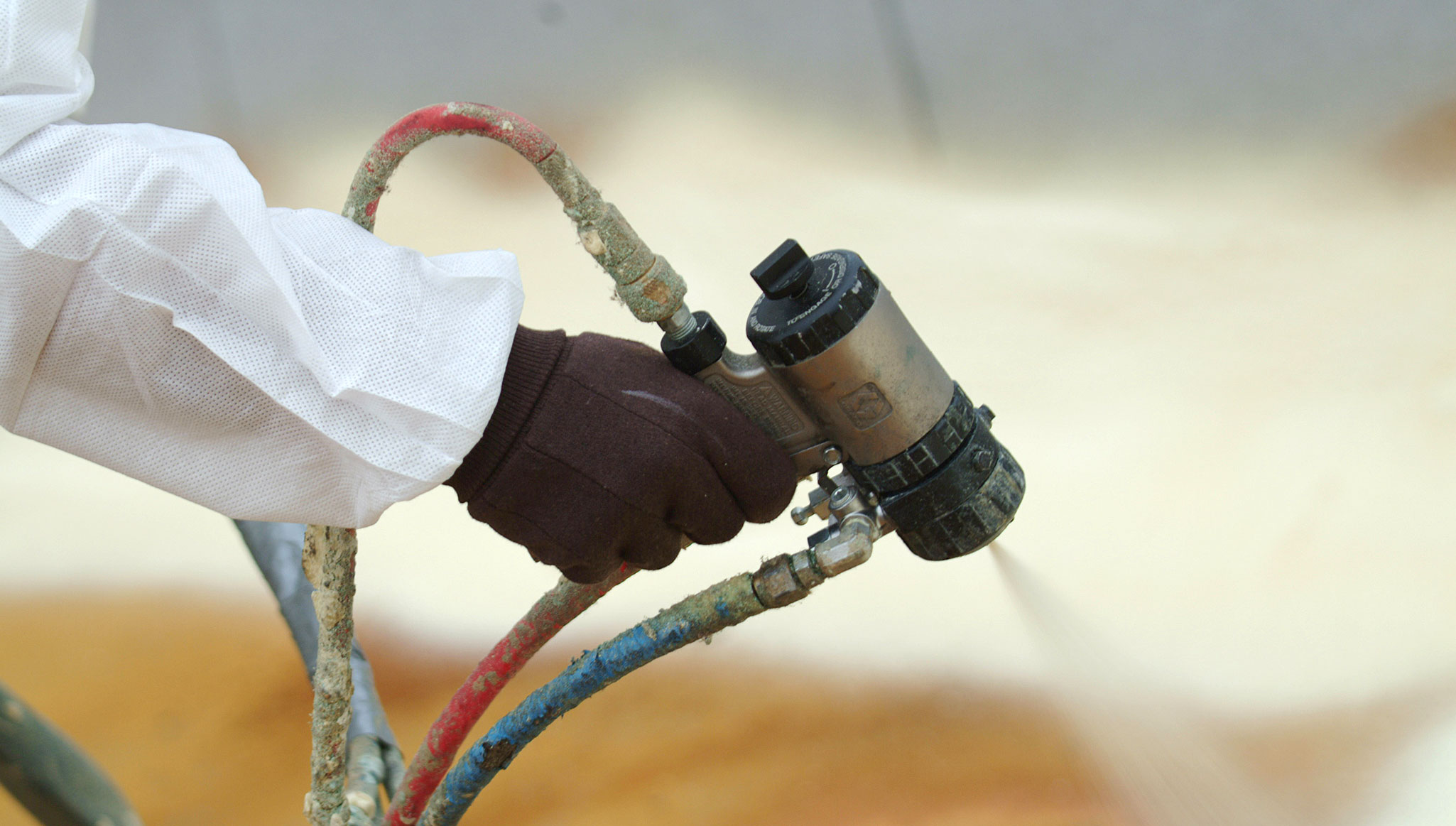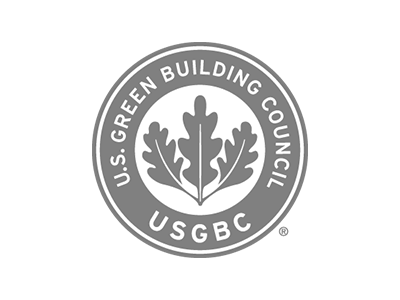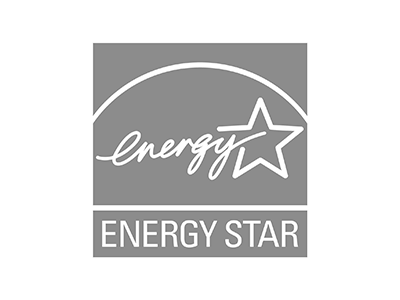Rely on the Building Science Experts
Cool roofs can save money several ways, including energy savings, rebates and incentives, HVAC equipment downsizing, and extended roof lifetime.LET. US. HELP.
Cool Roof Q&A | Requirements

Change | One Building at a Time
Question
What buildings and roofing projects are subject to the Cool Roof Requirements of the Title 24 2005 building Energy Standards?
Answer
The 2005 Standards Cool Roof Requirements apply to roofs on conditioned ( cooled or heated ) non-residential buildings that have low-sloped roofs (2:12 or less). The Requirements apply to roofs on newly constructed buildings and to most re-roofs on existing buildings.
Types of Buildings Subject to Cool Roof Requirements

Cool Roof's reflect the sun's energy from your roof
-
Group A - Assembly
Building or structure, or portion thereof, for the gathering of 50 or more persons for purposes such as civic, scial, or religious functions, recreation, instruction, food or drink consumption, or awaiting transportation. Examples: restaurants, arenas, churches, theaters. -
Group B - Business
Building or structure, or portioned thereof, for office, professional or service-type transactions; includes storage of records and accounts and restaurants with occupant load less than 50. Examples: animal hospitals, kennels, automobile showrooms, banks, barber shops, outpatient clinic and medical offices, educational occupancies above the 12th grade, fire stations, florists and nurseries, testing and research labs, print shops, radio and TV stations. -
Group E - Educational (through 12th grade)
Building or structure, or portion thereof, for educational purposes through 12th grade for more than 12 hours per week or 4 hours in any one day. Examples: schools, nonresidential buildings used for daycare for more than six children, residential buildings used as daycare for more than 14 persons. -
Group F - Factory (low and moderate hazard)
Building or structure, or portion thereof, for fabricating, manufacturing, packaging, processing, etc. Examples: furniture manufacturing, bakeries, food processing plants, paper mills, printing or publishing facilities, refuse incineration, shoe factories, dry cleaning facilities. -
Group H - Hazardous facilities
Building or structure, or portion thereof, that involves the manufacturing, processing, generation or storage of materials that constitute a high fire, explosion, or health hazard. Examples: manufacturing plants for explosives, blasting agents, fireworks, flammable gases; storage facilities for such products. -
Group M - Mercantile (sale of merchandise)
Building or structure, or portion thereof, for the display and sale of merchandise. Examples: department stores, shopping centers, wholesale and retail stores, markets. -
Group S - Storage facilities
Building or structure, or portion thereof, for storage not classified as a hazardous occupancy. Examples: storage of beer or wine in metal, glass, or ceramic containers, of cement in bags, of foods in noncombustible containers, of gypsum board, of stoves, washers, and dryers. -
Group U - Utility facilities
Private garages, carports, sheds, agricultural buildings, and towers.
WE DO MORE THAN JUST SPRAY FOAM

- Fans, Ducts, And Controls - We install bath fans, attic/gable fans and crawl fans w/ humidistat/thermostat controls. Ductwork for bath fans and kitchen hoods, with roof jacks/caps. Helping to get out any of the kinks in your ventilation.
- Cleaning and Pest Control - We clean out crawl spaces. Sanitize from rodent pheromones, perform exclusion work to block rodent entry, build new access hatches etc.
- Draining Issues - We can help with drainage and water mitigation issues. Sump pumps in crawls/basements, along with french drains in and out of crawls.










